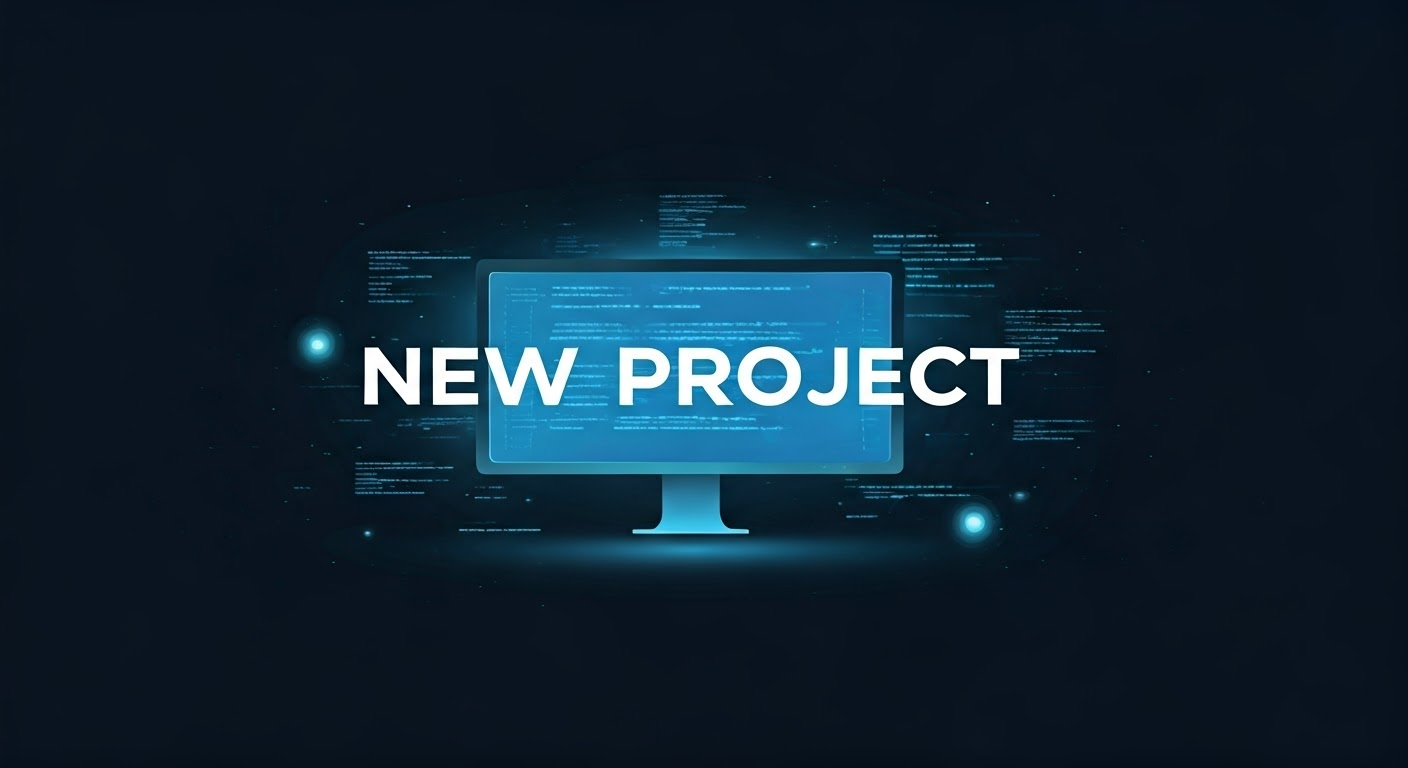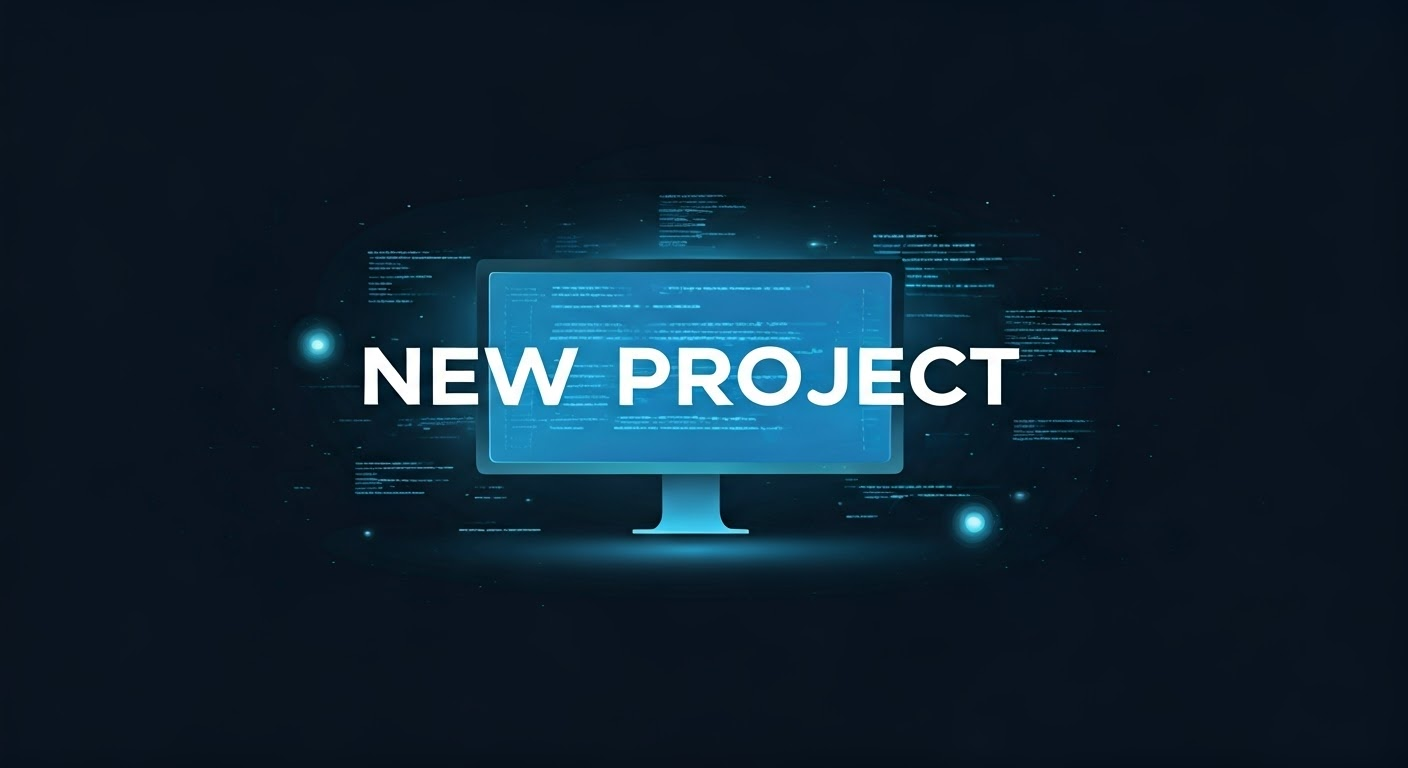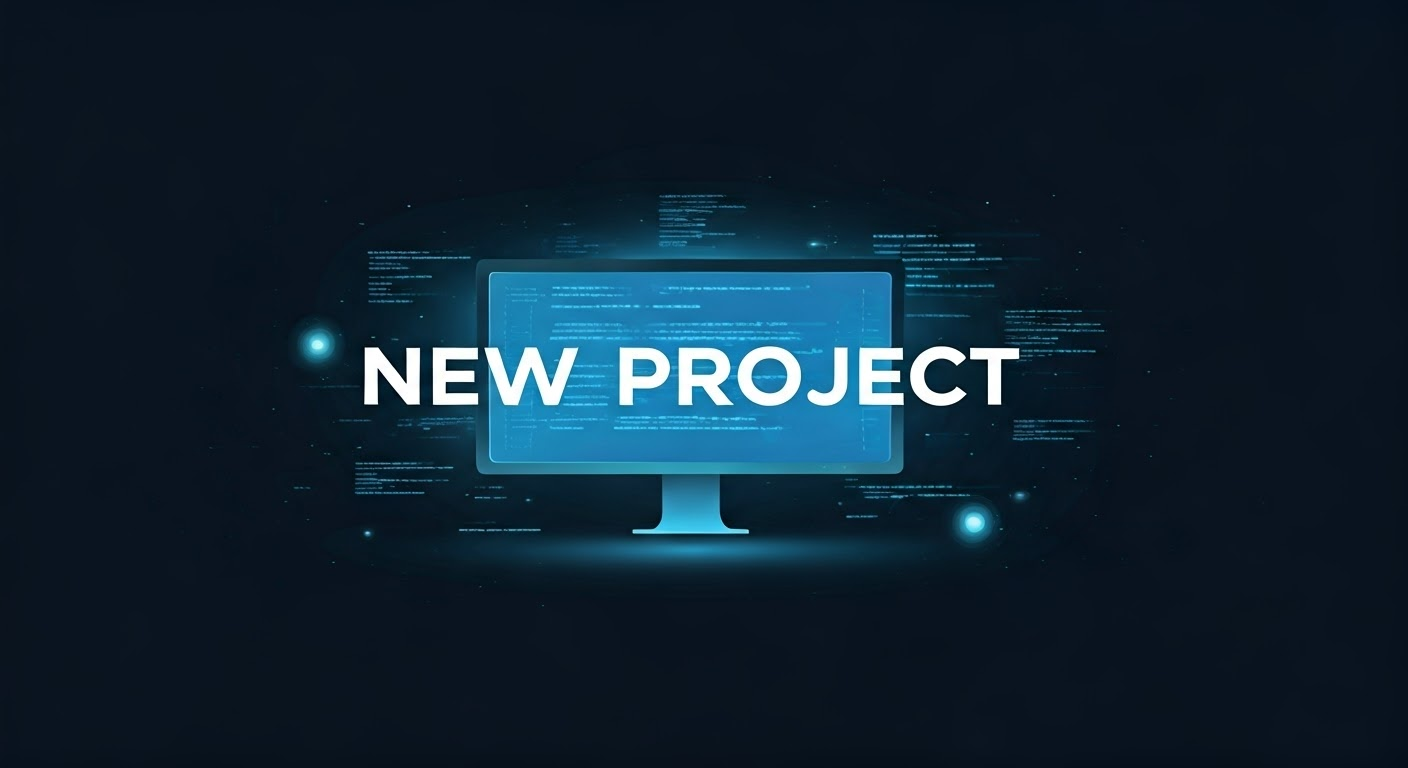Project Debrief
I’ve built a set of tools that generate two streamlined formats for tracking technology updates: Microsoft Technology Briefings – focused monthly summaries sourced from Microsoft blogs and event listings via RSS, and Tech Radar Digests – broader tech reports curated from multiple providers.
Idea
Cloud tech moves fast – and staying current means sifting through endless vendor blogs, feeds, and update posts. I needed a better way to track it all: something automated, structured, and easy to digest. The goal was clear: build a pipeline that collects, summarizes, and publishes important updates, with links back to the original sources for reading all the details, freeing me to focus on analysis rather than aggregation.
Connecting the Dots
Here’s how it all comes together:
-
Data Collection: Custom handlers fetch RSS feeds from selected vendors, storing article metadata (titles, publication dates, short excerpts, and URLs) in a normalized JSON schema.
-
Data Processing & Filtering: Articles are filtered by date range, deduplicated by title and URL, timestamp formats are normalized, and a custom selection algorithm ensures balanced coverage across topics.
-
AI Summarization: OpenAI’s API generate concise highlights from the article summaries per tech category, plus intro sections tailored to the briefing or radar format..
-
Structuring & Serialization: Content is organized by vendor and tech section (AI, Security, Business Apps, etc.) into distinct schemas for each output format.
-
Presentation & Publishing: Final JSON payloads are uploaded to my Django + Tailwind-based site. Two custom templates powers the live blog post, a third renders a downloadable PDF (for Briefings).
Behind the scenes:
The backend runs on Python 3.11 with modular RSS handlers using feedparser, BeautifulSoup and Requests. The system handles everything from date normalization to duplicate detection and topic balancing with lightweight, efficient logic. Summaries are generated with the OpenAI API using tightly scoped prompts for consistency.
The frontend is built with Django 5.1 and Tailwind CSS for responsiveness, plus JavaScript to enable smooth navigation and expandable summaries. CKEditor in the admin offers manual editing where needed. PDFs are generated using WeasyPrint.
Reflection
This project drove home the value of modular architecture and strong data structures. With JSON as the central source of truth, I could support both web and PDF outputs without duplicating effort. Working with a variety of real-world RSS feeds taught me how to handle messy data and turn it into something usable. Prompt engineering was another key skill – crafting summaries that are both useful and predictable required a lot of iteration and nuance.
A challenge early on was coverage: fast-moving topics like AI were overrepresented, while areas like Infrastructure or R&D often got buried. A weighted selection algorithm helped smooth things out, ensuring each digest reflects a well-rounded view of what’s happening.
In the end, this toolset saves me hours, even days of manual work every month – and delivers fast, clear insights that make it easier to keep up with the cloud landscape.
See the full project description with images, demos and more here: Tech Briefing & Radar Builder



